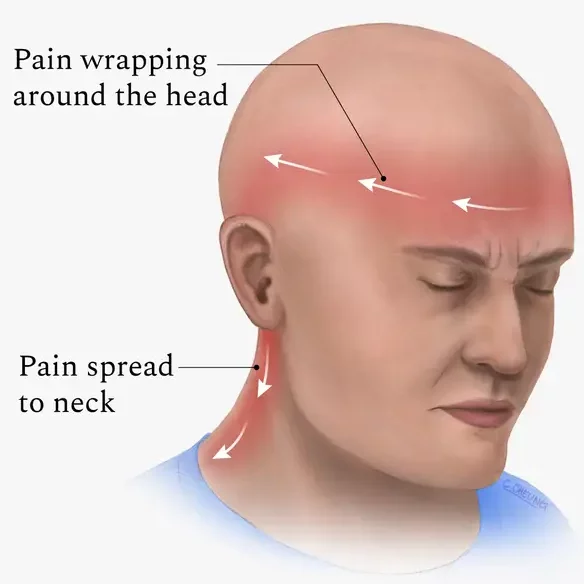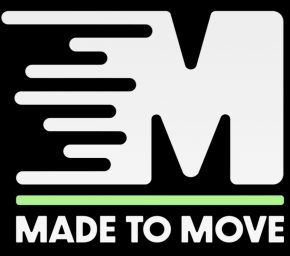Introduction
Tension headaches is a phenomenon that is one of the most common forms of headaches. The large prevalence of this condition is largely applied to lifestyle factors such as work, posture-related characteristics and much more.
What causes tension headaches?
Due to the nature of the modern lifestyle, a large amount of the population spends excessive periods in a seated position which can lead to shortened neck and shoulder muscles. Failure to address these tight areas can be problematic both in your chosen health and fitness regime or lifting within the gym. Nonetheless, tension headache is a problematic case that entails a wide range of approaches to not only rehabilitate but to prevent future episodes.
The structures commonly overloaded often included but are not limited to:
- Soft tissue strain of the supporting the spine (muscles of the neck and shoulders)
- Nerve compression (as it exits the spine or along its path from the shoulder complex)
Symptoms of tension headaches
- Constant aches in the head, neck and eyes
- Muscle spasms and tightness in the neck and shoulders
- Pain that worsens after prolonged sitting or standing

Who gets tension headaches?
Most people are likely to have had a tension headache at some point. They can develop at any age, any gender and anywhere. Whilst some episodes can be caused from overreaching, previous injury, and work commitments lifestyle factors can be contributors to tension headaches such as stress, anxiety high workloads and much more.
What else causes tension headaches?
The exact cause of tension headaches can differ from person to person, but certain things have been known to trigger them.
These include:
- Stress and anxiety
- Holding a posture for long periods of time
- Tiredness and Fatigue
How to treat tension headaches
- Tense shoulder and neck muscles can trigger headaches. Relieve muscle tension — using massage, foam rolling or using a tennis ball or lacrosse ball can help.
- Improve flexibility of the muscles surrounding your neck, shoulder, back and chest by doing regular stretches throughout the day to improve muscle length and reduce the stress on the shoulder and neck areas.
- Strengthen the muscles surrounding your shoulders. Strength can also be associated with the main factors tense, fatigued and overactive shoulder muscles. The muscle groups in charge of maintaining upper back strength and stability are the traps, lats and rotator cuffs that often become weak during extended periods of sitting or are not primarily targeted in exercise regimes and daily work patterns.
- Exercise regularly. Exercise releases chemicals in your body that block pain signals to the brain. Choose an exercise you enjoy, and start slowly; exercising too vigorously can trigger some types of headaches.
- Get plenty of sleep. Sleep is where we recover. Lack of sleep is significantly associated with increased pain levels, stress and anxiety. Aim to start to get over 6 hours per night.
- Keep stress under control. Stress and tension-type headaches often go hand in hand. To reduce stress, try these simple tips:
- Simplify your life.
- Take a break. If you feel overwhelmed, a quick walk may renew your energy levels.
- Exhale. When you feel your stress levels rising, take several deep breaths.
- Adjust your attitude. Think positive thoughts.
- Let go. Don’t worry about things you can’t control.
- Relax – Take time to unwind every day.
Other ways of treating tension headaches
- Having a regular massage or foam rolling will reduce tightness and pain associated with muscle tightness.
- Avoid doing things that provoke tension and pain in the neck and shoulders: prolonged standing and sitting can be very irritating, so modify your routine, take regular breaks and keep on moving!
When to get medical help
There’s usually no need to see a GP if you only get occasional headaches. But see a GP if you get headaches several times a week or they’re severe.
You should get immediate medical advice for headaches that:
- Come on suddenly and are unlike anything you have had before
- Following an accident
- Are accompanied by weakness, numbness
Take-Home Message
It is apparent that to ensure that the shoulders are positioned in an optimal position for your individual needs, a comprehensive approach to understanding the cause and how to reverse these factors will be the key to the long-term success of tackling symptoms and the associated aches and pains as a result.

